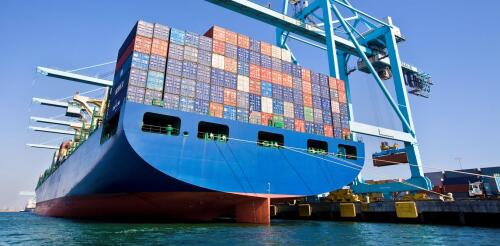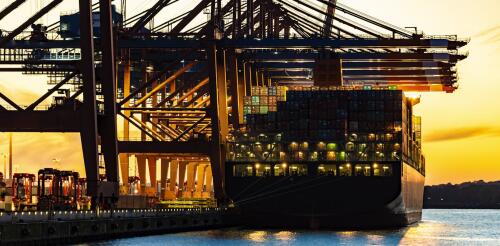IMO
The world’s largest shipping companies are starting to update their fleets for a greener future. Maersk received the world’s first dual-fuel methanol container ship in July 2023, and dozens more container ships that can run on alternative fuels are currently on order. The industry – responsible for about 3% of global greenhouse gas emissions, more than Canada and Ireland combined – has reasons to act and to have some confidence in its multimillion-dollar investments. On July 7, the 175 member countries of the International Maritime Organization, a United Nations agency that regulates global shipping, agreed to a new climate strategy that includes reaching net-zero greenhouse gas emissions “by or around, i.e., close to, 2050.” The strategy’s language is vague, obscure and almost noncommittal. But it points the industry toward a cleaner future. New European Union rules will also soon go into effect that will significantly raise costs for...
Most of the clothing and gadgets you buy in stores today were once in shipping containers, sailing across the ocean. Ships carry over 80% of the world’s traded goods. But they have a problem – the majority of them burn heavy sulfur fuel oil, which is a driver of climate change. While cargo ships’ engines have become more efficient over time, the industry is under growing pressure to eliminate its carbon footprint. European Union legislators reached an agreement to require an 80% drop in shipping fuels’ greenhouse gas intensity by 2050 and to require shipping lines to pay for the greenhouse gases their ships release. The International Maritime Organization, the United Nations agency that regulates international shipping, also plans to strengthen its climate strategy this summer. The IMO’s current goal is to cut shipping emissions 50% by 2050. President Joe Biden said on April 20, 2023, that the U.S. would push for a new international goal of zero emi...

